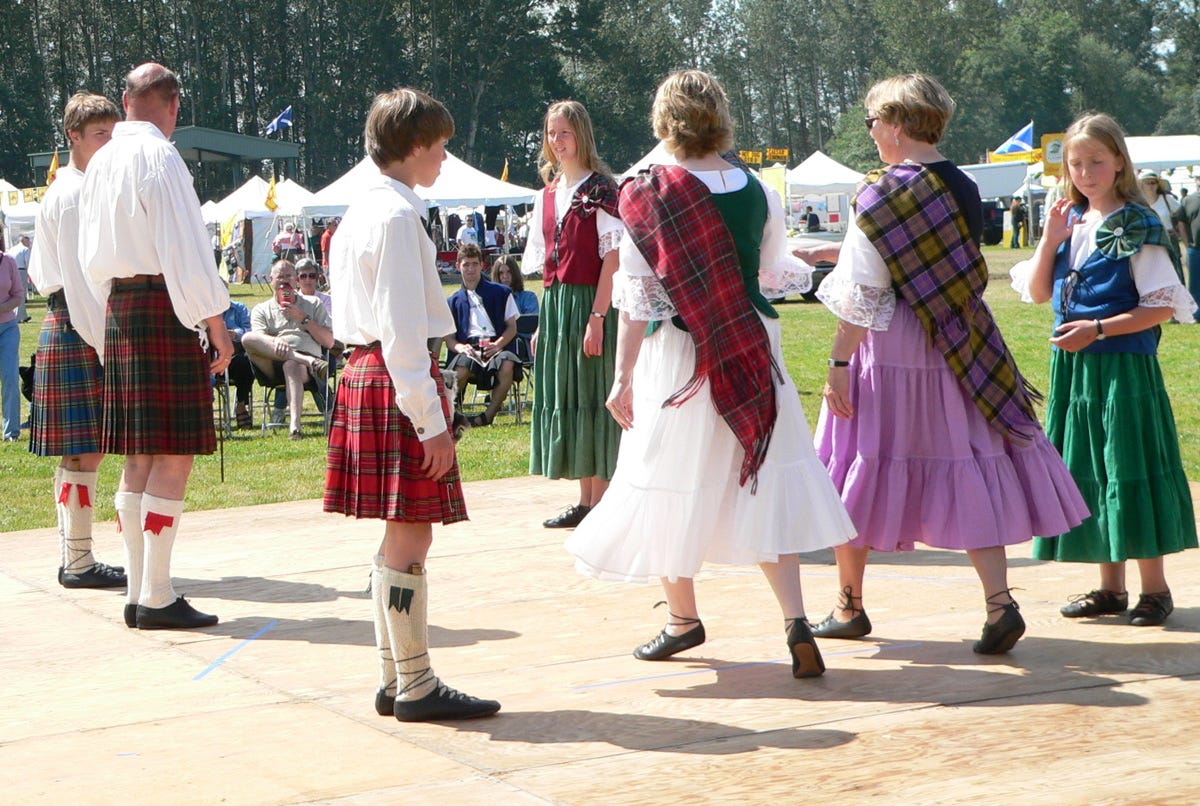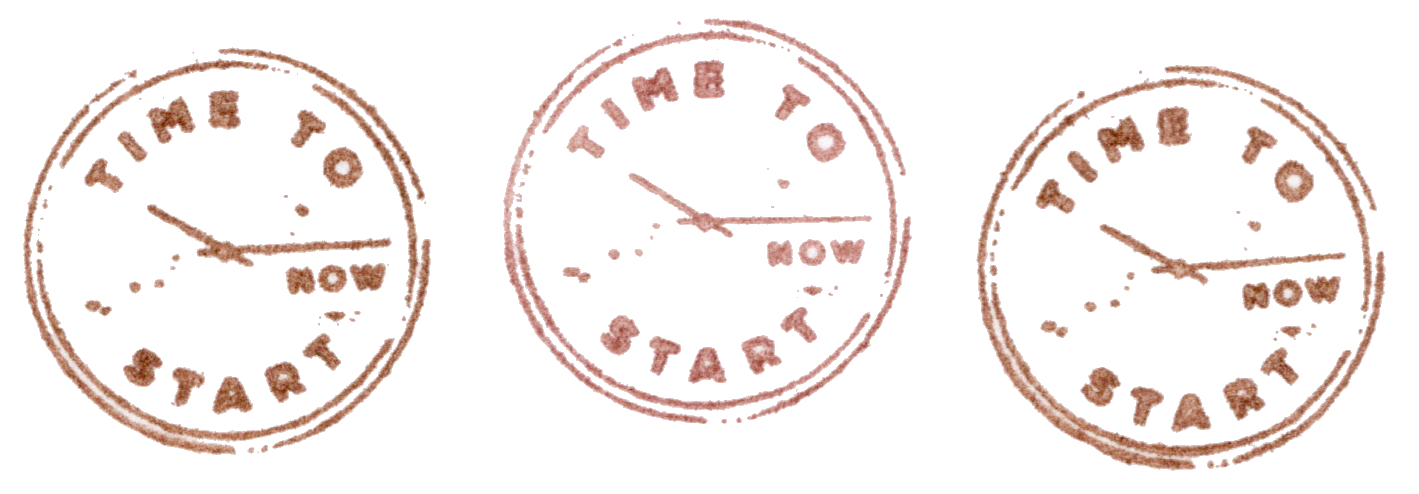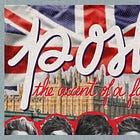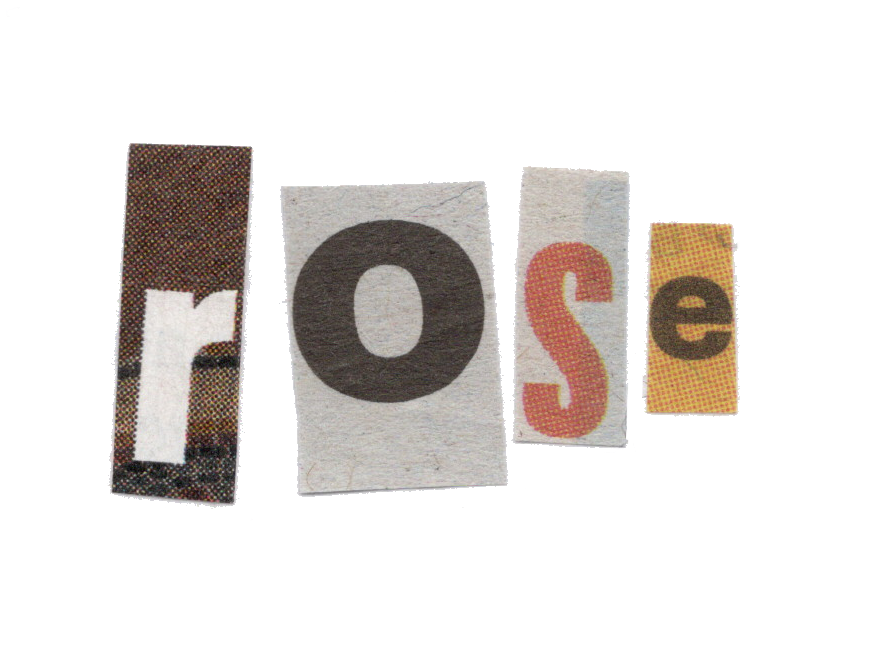Dancing, two arms’ lengths away
Or how i learned to like dancing with traditional Scottish Country Dancing
This post is too long for email, so click on the title to open it in the app or your browser!
As September approaches and sign-ups for new activities open, I’d like to take some time to promote my new favorite activity: Scottish Country Dancing.
Some background: I’m French (not at all Scottish), I hate dancing, I hate touching people (which is half of why I hate dancing), and I’m autistic (I hate new stuff, improvisation, not knowing how to act, ie all the other things needed for dancing).
The idea of “moving naturally” to music is paradoxical to me; it feels painfully alien. Why does everyone else look good and has a good time while I feel like a robot running low on battery? I learned music as a child, and was even in the school orchestra1, so it’s not like I have no rhythm or no idea how that works. Moving my fingers on the keys is all good and dandy, but my butt, is stuck in an invisible plaster cast and i’d like to keep it there, thank you very much.
All this to say, I’m far from the right candidate for dance classes. And yet, I’ve fallen in love with Scottish Country Dancing (abbrv. SCD because that’s a mouthful!). So let me tell you why.
DIAGRAAAAAMS
Be still my geometric heart, here comes the best-selling, clickbait-but-delivers-on-its-promise, autistic-baiting, absolutely fantastic point of SCD: diagrams!
SCD movements involve skipping across the dancefloor with trajectories akin to that of a bee, and like a bee, we follow pre-planned, repetitive, unchanging choreographies. AND they’re written down in standardized, clear, bright, squarely-made diagrams. To my autistic brain, this is a GIFT STRAIGHT FROM HEAVEN!
There are 2 types of rhythms in SCD, and for each you need to learn 2 steps: one to stay in place and one to move; so in total you’re learning 4 (2 of which are variations of skipping like you did in kindergarten). Once you’ve mastered that, you’re good to go and learn all the different combinations.
You can turn around your partner holding hands, without holding hands, skip around in a circle, draw a figure eight around your friends, or do quite a few other formations (there are 354 represented in the archive, although that includes quite a few duplicates but a tiny bit different). And every single one of them can be neatly represented with tiny little squares and arrows. How wonderful :)))
Now, what better way to represent such a repetitive, logical, progressing choreography than… DIAGRAMS! The joy of my heart, the bottom of my soul, diagrams are my bread and butter, I cannot live without them.
This is just the way I was recruited: I wasn’t really convinced by the promise of “everyone can do it” and didn’t trust the “you really don’t need the flow” (because it’s always a lie!), but as soon as someone flung out a diagram from their bag, I was in.
Mandatory BYOS (Bring Your Own Stick)
My utmost favorite part of SCD is the stick you have to put up your butt. For someone who has no “moves,” it’s a godsend. The basic posture is standing tall and proud with your head up, straight as a broom, but with the arms slightly relaxed2. You will move your legs quite a bit, but always in a strictly sensible fashion, and your butt will stay firmly planted in its plaster cast. There’s no ambiguity about what to do with your body – the form is clear and consistent.
This is exactly what's missing from most dance forms – clear instructions! No one at a club ever hands you a manual for how to move your hips or what to do with your face. But in SCD, there's no mystery. Every movement has a name, a proper form, and a specific purpose.
What I love most is that at no point - and I mean NO EXCEPTIONS - do you have to "get loose," "feel the music," or "let it flow naturally." On the contrary, maintaining that controlled, dignified bearing is essential to the dance. After all, it's the Queen's dance - we're not here to "throw it back" or "drop it low"!
While this may remind you of ballet, there's a crucial difference: you can become proficient enough at SCD to enjoy yourself and participate in balls after just a few lessons, whereas ballet requires years of dedicated practice before you can perform even basic routines with any grace.

Social dancing is social distancing (no touching)
If you weren't already reluctant to touch people you don't know (I was), you might have become allergic to touch after the pandemic. Well, not to worry, SCD is bullish on social distancing! The standard formations keep dancers at a comfortable arm's length, and even partner work maintains plenty of personal space.
Unlike other social dances that require close embraces or constant physical contact, SCD emphasizes graceful spacing between dancers. When sets form, each person stands about one-and-a-half arm(s)' lengths from their neighbors—enough room to execute turns without invading anyone's bubble.
Movements involve skipping across the dancefloor all on your own, or at worst touching someone’s hand. The “holding” of hands is more of a lighter brush because you’re gonna let go in 2 seconds anyways. Even during more intricate formations, contact is minimal and fleeting. At worst, you’ll be touching both hands *gasp*!
There's something wonderfully liberating about dancing vigorously while maintaining your personal space bubble. You can focus on your own movements and footwork without worrying about awkward body contact or getting too close for comfort.
(the men are all barefoot in this video, honestly idk why and it’s kinda creepy. i promise in general we’re all nice and proper and wear cool dance shoes!)
Everyone else looks like shit
The slightly less good point of a formal dance activity is that everyone is old. Now, not everyone – some branches (Paris included, see above videos!) have managed to keep recruiting some new blood, but the average age is rather on the up side of the curve. It can feel isolating being surrounded by people in a completely different age bracket.
But I’ve found that this age gap actually helped me a lot! I’m not in the best physical shape3, so I’m always quite apprehensive when going into a new sports class. There’s nothing i hate more than being surrounded by young women for whom the exercises are super easy, who are super flexible and all that shit.4
SCD can be a strenuous activity if you do all the steps the right way, participate in all the dances of the night, and apply yourself to jumping the highest. HOWEVER, while some older dancers are in great shape (thanks to keeping up with the practice), many are not (because there’s only so much you can do once you reach 70 years old). They are still excellent dancers, with encyclopedic knowledge of the movements, their history, how to perform the most interesting combinations of steps, and will always end up in the right place at the right time.
BUT to do so, they “walk,” not “dance.” It’s a low impact, low(ish) cardio way of participating, that’s entirely acceptable in class and in balls. If you choose your partner well, you can end up in a low-intensity set of dancers, who will gladly point you in the right direction at every step and who won't yank you into one of those whirlwind circles spinning madly around and around, completing ten rotations before the rest of us can finish one.
All in all, the mix of ages has done great things for my confidence as a beginner: it’s ok to not be able to perform the steps from the get-go; half of the room won’t be doing them either (and never will again). And the other half of the room is showing you all the energy you can put in if you so wish, and the level of artistry you can aspire to.
(not gonna add a video for this one because that wouldn’t be very nice. I do stand by my point though)
Have I mentioned how old everyone is?
Being autistic, I find typical dance venues incredibly challenging. My brain doesn't filter background noise like neurotypical brains do - there's no such thing as "background" noise at a dance—it's all screaming right in my ear, all the time.
I’ve found that traditional SCD events (the ones that are marketed to everyone, including old people) are very accommodating of my needs! They start early in the evenings (Paris starts their balls at 7pm), don’t last too long (15 dances give you about 2 hours), and therefore end early too (Paris gets kicked out of our rented rooms around 9:30pm). Oh and everyone is old and kinda deaf, which means the music level is kept relatively low (so people can hear each other talking). It’s usually live music anyways, which sounds very different from modern amps or whatnots.
Of course, the younglings will go to the after party in some random flat with lots of alcohol and ear-destroying levels of music, as they do5. But for once, I can participate fully in the main event without having to manage sensory overload or excuse myself early. It's not that SCD was specifically designed for neurodivergent folks - it's just that the traditional format happens to create an environment where we can thrive.
Do you have a regular dance practice? What’s your relationship to dancing? I’d love to know if you were in the same position as me but learned to love “normal” dancing (like we see in the movies or nightclubs)!
You can either leave me a comment below (public) or reply to this email (only I will see! — and I don’t repeat secrets 👀)!
Now, if this post is a bit too positive for you, and you’re craving my usual ranty, uptight and judgmental self, I’ll let you check out one of my other recent (or not so recent) posts:
See you next time,
loved the clarinet <3
We’re not in Ireland after all!
I’ve never been very athletic, and covid killed the last of my cardio
I know it’s a me problem, and i should work on my envy, but still
I identify as an old person for the duration of this essay












